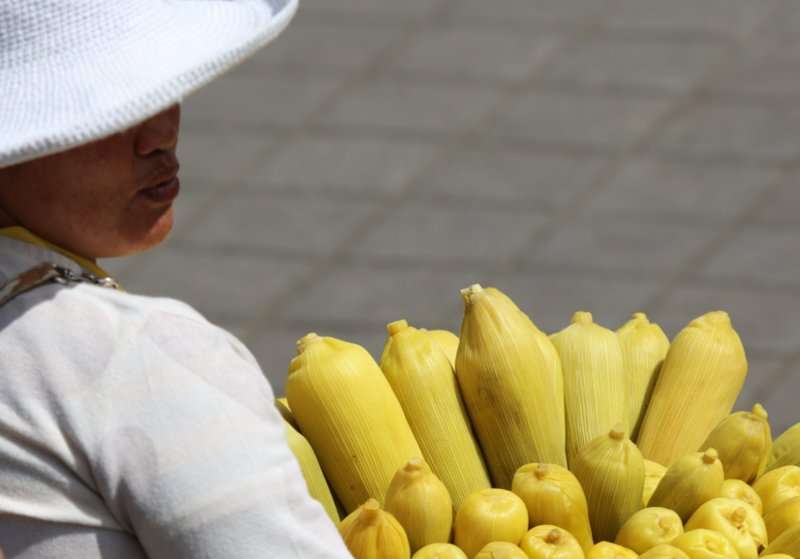Transforming our food system to ensure a sustainable future

By 2050, the world will have almost 10 billion people. It will be impossible to feed everyone without exacerbating poverty, accelerating deforestation and increasing GHG emissions unless we start making substantial changes to our food system now. This issue is covered in a new report, Creating a Sustainable Food Future , published on 5 December in the World Resources Report series. The report was produced by WRI, in partnership with the World Bank, UN Environment, UN Development Programme, CIRAD and INRA
Alarming findings, but concrete proposals
In the report, WRI suggests ways of feeding almost 10 billion people by 2050. Food demand is set to rise by over 50 percent, with demand for animal-based food products (meat, dairy and eggs) likely to grow by almost 70 percent. Hundreds of millions of people already go hungry, Farming uses around half the world's green areas and generates a quarter of global greenhouse gas (GHG) emissions.
Unsurprisingly, the report says that there is no silver bullet. However, it does offer a menu of 22 options that suggests it is possible to feed everyone sustainably.
"This resembles the "Healthy" scenario established by the CIRAD-INRA Agrimonde-Terra foresight exercise in many important ways. However, the two differ in terms of their initial objectives. WRI set out to increase food production while reducing GHG emissions and limiting the spread of agriculture. For Agrimonde-Terra, on the other hand, the task was to explore several future land use scenarios" , says Patrice Dumas from CIRAD, a French expert who contributed to both the WRI report and the Agrimonde-Terra exercise.
WRI estimates that feeding the world sustainably while reducing agricultural land use and GHG emissions by 2050 will mean the whole world:
- reducing demand by cutting food loss and waste, eating less beef and lamb, using crops for food and feed rather than biofuels, and reducing population growth by achieving replacement fertility levels;
- increasing crop and livestock productivity to higher than historical levels but on the same land area;
- stopping deforestation, restoring peatlands and degraded land, and linking yield gains to protection of natural landscapes;
- improving aquaculture and managing wild fisheries more effectively;
- using innovative technologies and farming methods that lower agricultural GHG emissions.
Limiting global warming will mean acting on the food sector
Food lies behind most environmental and development issues: deforestation, malnutrition, biodiversity loss, water scarcity, climate change, water pollution and more. By improving how the world's food is produced and consumed, we can treat the cause and not just the symptoms.
As things stand, agriculture, including the resulting land use changes, accounts for some 25 percent of global emissions (12 Gt of CO2 per year). The figure could reach 15 Gt of CO2 by 2050, i.e. more than 70 percent of the global "carbon budget" set in the Paris Agreement to limit global warming to less than 2°C. This would leave just 30 percent for other sectors that generate GHG emissions, such as transport. The report explains how the world could reduce agricultural GHG emissions by two thirds (to 4 Gt CO2) by 2050.
Provided by CIRAD




















